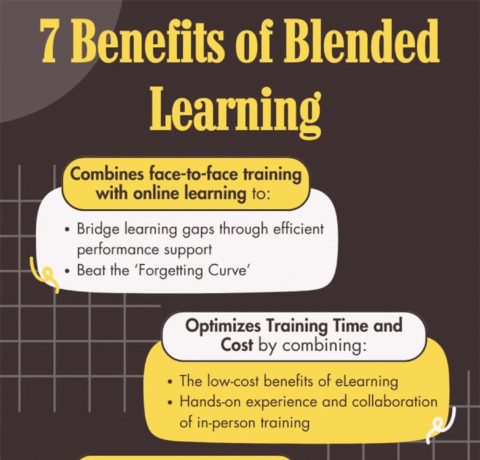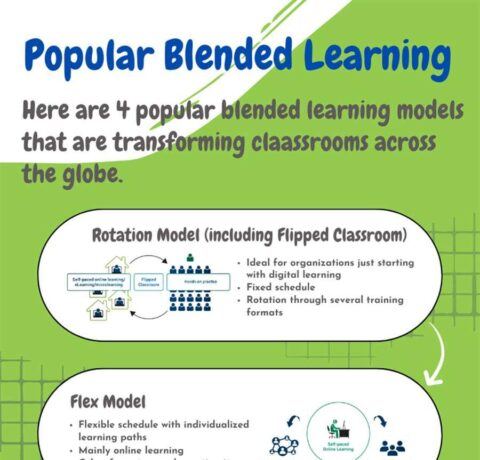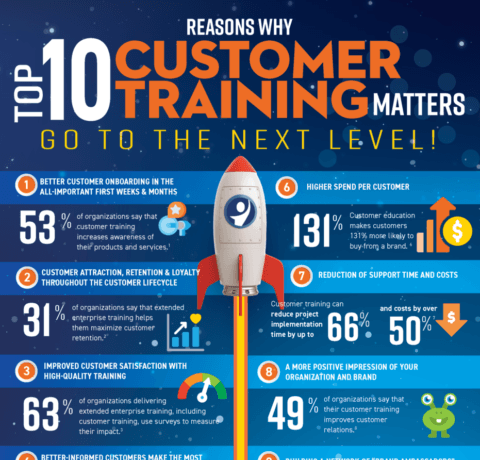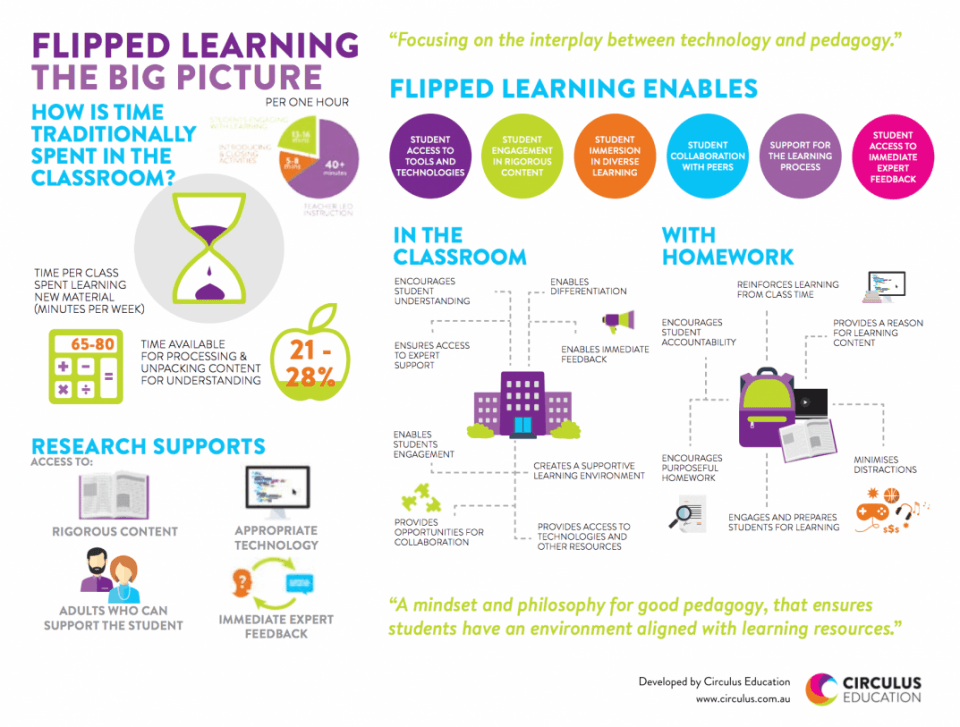Flipped Learning: The Big Picture Infographic
As we progress rapidly into the middle of the second decade of the 21st century, questions continue to be raised about how education addresses the ever increasing demands for change, integrating emerging technologies, and maximising the possibilities for every student. Teachers are searching for ways to focus on engaging students in authentic, complex and powerful problem solving experiences for learning, unpacking content and demonstrating understanding and knowledge. The day is a finite resource, and class times are small segments of that day, so there are limitations on how much more can be accomplished in that specified time.
Flipped Learning shifts the classroom from passive to active learning, focusing on higher order thinking skills such as evaluating, analysing, and creating to engage students in learning. The approach relies on understanding the difference between information and knowledge acquisition, providing students with active learning possibilities. Students are given opportunities to take greater responsibility for their own learning. Class time focuses more on exploration, finding meaning and application of knowledge. Teaching is focused more on providing significant learning opportunities, providing feedback through a variety of pedagogical strategies and ensuring understanding.The Flipped Learning: The Big Picture Infographic shows how schools engaging the Flipped Learning approach focus on the development of a flexible environment.
Flipped Learning Enables:
- Student access to tools and technologies
- Student engagement in rigorous content
- Student immersion in diverse learning
- Student collaboration with peers
- Support for the learning process
- Student access to immediate expert feedback
Flipped Learning in the Classroom:
- Encourages student understanding
- Enables differentiation
- Ensures access to expert support
- Enables student engagement
- Creates a supportive learning environment
- Provides opportunities for collaboration
Flipped Learning with Homework:
- Encourages student accountability
- Encourages purposeful homework
- Provides a reason for learning content
- Minimizes distractions
- Engages and prepares students for learning
Read also:
View also:
- Effective Strategies to Flip the Classroom Infographic
- How a Flipped Classroom Works Infographic
- Flipping the Classroom Infographic
- 6 Steps to Flipping A Classroom Infographic
- Growth in Flipped Learning Infographic
- The Flipped Classroom Infographic







You can adjust your cookie preferences here.